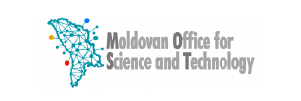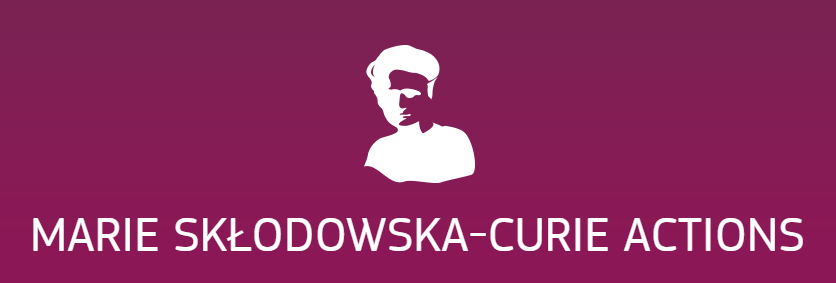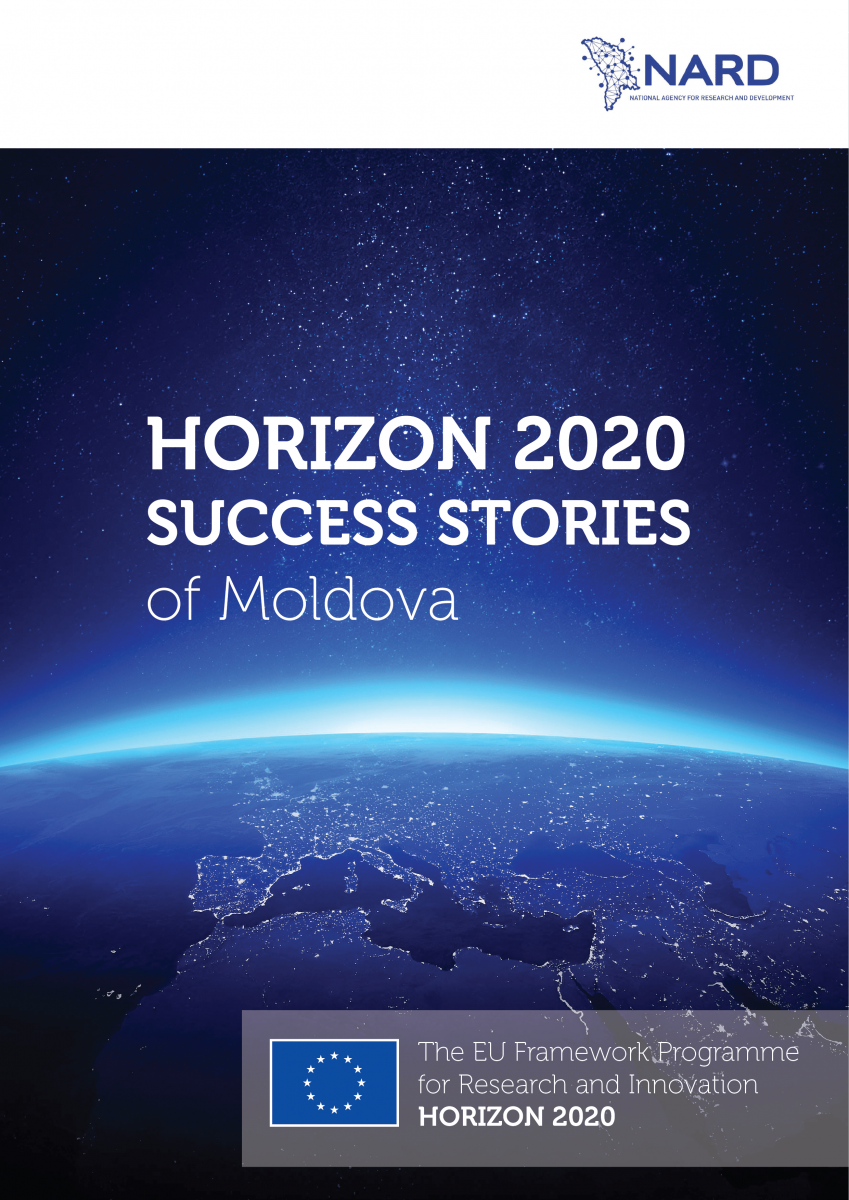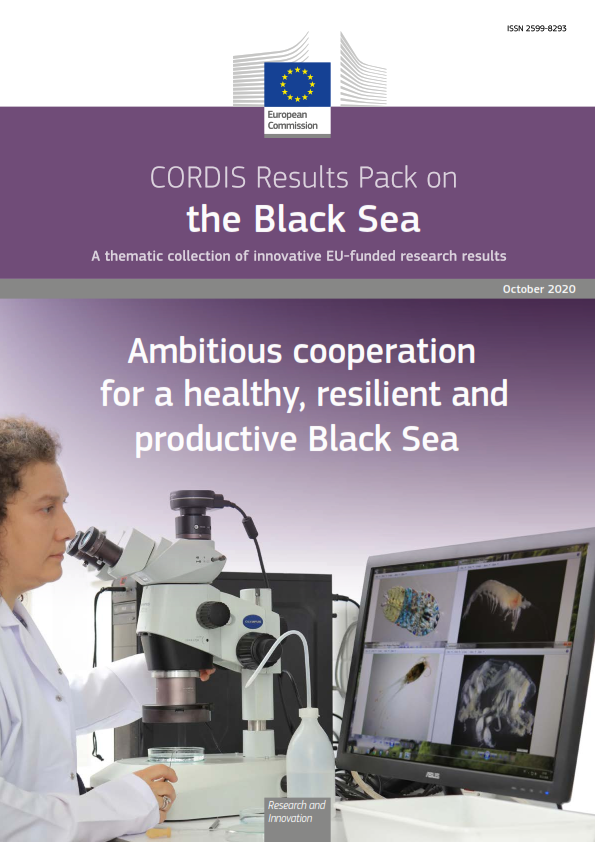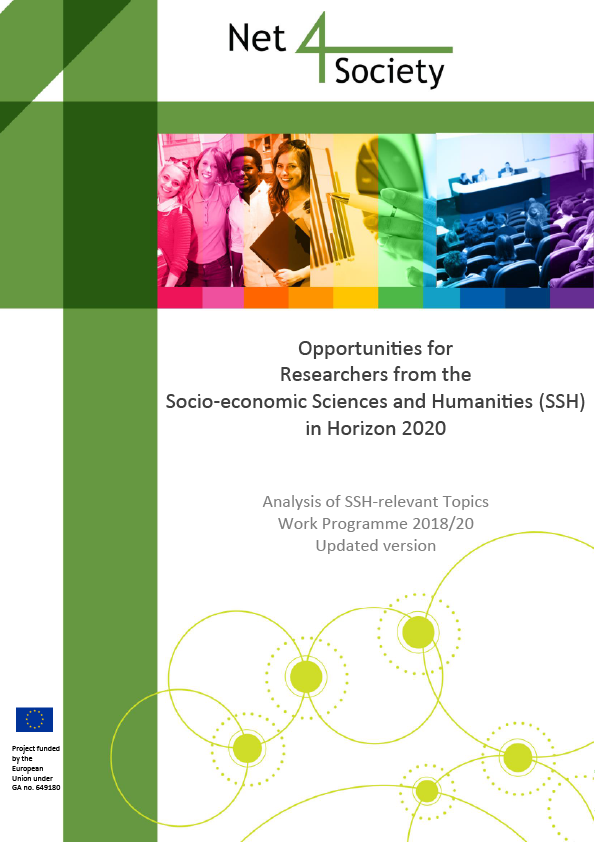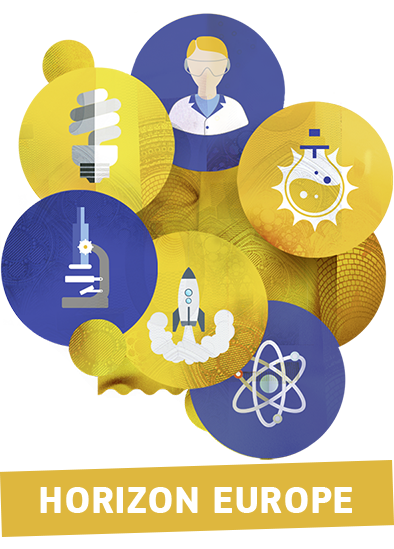Main pillar:
- Nanotechnologies, Advanced Materials, Advanced Manufacturing and Processing, and Biotechnology
Budget:
Currency:
Call deadline:
Statut:
- Open
Description:
Specific Challenge:
Nanostructured coatings or nanotextured surfaces provide improved scratch and abrasion resistance, super hardness and mechanical resistance that rivals diamond in performance, improved wear resistance and corrosion inhibition, bio-compatibility, control of reflectivity, sensing ability, self-cleaning surfaces improving many products such as technical textiles and papers, structural elements for machinery, construction elements, transportation, etc.
Nano-enhanced functional surfaces have huge potential in different sectors, including packaging, marine, water treatment, electronics, building and construction, automotive, transport, energy and other applications including textile, leather and industrial engineering.
The involved technologies to manufacture these surfaces or coatings are currently at a lower TRL level, and call for up-scaling, demonstration and validation in large scale pilot installations in operational environments, before industrial manufacturing can take place.
Scope:
The proposed pilot lines should address the development, upscaling and demonstration in relevant industrial environments of reliable manufacturing processes to obtain nanostructured surfaces with mechanically enhanced properties.
They should use existing pilot lines as a starting point for development, incorporating new materials and methods and/or instrumentation with real time characterization for measurement, analysis and monitoring at the nanoscale to characterise relevant materials process properties;
The aim is to increase the level of robustness and repeatability of such industrial processes; to optimise and evaluate the increased performances of the production lines in terms of productivity and cost-effectiveness; and finally to assess the functionality and performance of the new materials/products.
Proposals should address the complete research-development-innovation cycle and obstacles remaining for industrial application, and involve a number of relevant materials producers and users, also considering the needs of SMEs.
Technology transfer should be prepared through technology services at affordable costs, facilitating the collaborating with EU SME and large industries, and the rapid deployment and commercialisation of the new technology.
Examples of possible developments include:
- Upgrade existing production methods, extending current production capabilities of mass production injection moulding, or additive technologies such as Roll-2-Roll- and sheet-2-sheet printing, into the sub-100 nm regime.
- Enhancing key properties of promising lab scale nano-enabled surfaces and upscale their production up to pilot level. Different technologies for nano-enabled surface production may be considered.
- Applying such surfaces in sectors (more than one is preferred) where they may have strong social and economic impact.
Non-technological aspects key for the marketing of such products (e.g. standardization, regulatory issues, user acceptance, HSE aspects, LCA) need to be considered.
Activities are expected to focus on Technology Readiness Levels 4 to 6, and target Technology Readiness Level 7. This topic addresses cross-KET activities.
The Commission considers that proposals requesting a contribution from the EU between EUR 5 and 8 million would allow this specific challenge to be addressed appropriately. Nonetheless, this does not preclude submission and selection of proposals requesting other amounts.
Expected Impact:
The action is expected to lead to a direct economic impact on the economy of the manufacturing industry as well as society, resulting from issues such as increased performance and durability of wear-intensive industrial components, reduction of infrastructure maintenance costs, and reduction of operational costs due to energy savings.
Functional nanotextured surfaces and nano structured coatings have a huge potential for many sectors, and embedded nanostructured functionalities in coatings and surfaces can alleviate problems from ice, pollutant, UV, fire, heat, marine life, wear, friction and corrosion. These factors cost global industry billions in maintenance, loss and downtime each year. For example, direct corrosion costs account for 3-4% of a country’s GDP worldwide. The same for wear costs. Energy losses due to friction in mechanical contacts reaches more than 10% of the GDP of a developed country. More sustainable production as well as products can also be expected, including an environmental impact, from using eco-friendly nanocoatings instead of traditional lubricants for example.
Integration of state-of-the-art nanotechnology in the traditional production of coatings or surfaces will give a market advantage and enhance the competitiveness of European industry.
The new functionalities achieved will have important impact on many sectors, including packaging, marine, water treatment, electronics, building and construction, automotive, energy, textile, leather and industrial engineering.
Enhanced manufacturing capacities in Europe and/or enhanced market opportunities for European enterprises. These impacts should be addressed in particular in the outline of the business case and exploitation strategy to be submitted with the proposal. The expected content of this outline is further detailed in the LEIT introduction, section 6.
The impact should be presented at three levels:
- Impact on the consortium materials producers and users, and other involved industries, demonstrated in the form of reduced costs and full consideration of environmental and safety legislation.
- Other existing or new materials manufacturers, describing the expected impact from further integration of the nano-enabled multifunctional materials into practical large-scale applications with producers outside the consortium,
- Global impact in form of direct or derived benefits from competitive advantage of the new materials and products.
The impact will also be improved by a contribution to training and knowledge dissemination for building an educated workforce.
Overall the action is expected to help driving the demand in Europe as well as support the penetration of new markets worldwide. This should include clear benefits to manufacturers, including SMEs, and new entrants into the market may be expected.


